by Craig Johnson
“To integrate or not to integrate, that is the question: Whether ’tis nobler in the mind to suffer the slings and arrows of outrageous algorithms, or to take arms against a sea of data and, by opposing, tame them…”
I like to think that the first AI Coach was envisioned in 1601. Its creator: William Shakespeare. The context, his play: Hamlet! Yes, Shakespeare crafted an AI Coach, for Hamlet, out of the persona of the ghost of his dead father. When the young prince first meets the ghost of his father (our AI Coach) it says, “…lend thy serious hearing to what I shall unfold.” And Hamlet does; and thus, by doing so, learns how best to leverage his knowledge, skills, and resources to proceed with his journey; to deal with the heavy tasks that lie ahead.
Without the ghost Hamlet was paralyzed and unable to learn. Overwhelmed by the weight of it all. The ghost lights the way; it becomes the voice Hamlet needs as he navigates his journey. In fact, the conversation Hamlet has with his AI coach sets the entire plot (or narrative) into action.
Today, some 400 years after Shakespeare illustrated the need for coaches, we stand on the precipice of an AI-partnered future. I am not being hyperbolic when I say: Our schools are grappling with a decision akin to Hamlet’s existential pondering. Shall we embrace these silicon collaborators, weaving them into the very fabric of our educational institutions, or shall we banish them to the digital abyss? Let us unfurl this parchment and delve into the quill strokes of this conundrum.
Generative AI, like a mischievous sprite, dances at the crossroads of promise and peril. Its arrival has sparked fervent discussions among educators, parents, and policymakers. Today, much like our young prince Hamlet (who spends five acts and a colossal 4000+ lines deciding which path to choose and how best to execute his plan) we find three divergent paths ahead as we ask ourselves: “To integrate or not integrate?”
Path #1—The Banished Ban: Some schools, wary of the Pandora’s box that generative AI might unleash, have raised their shields. They brandish their arms and declare, “No more! Let not these digital sorceries infiltrate our sanctum!” ChatGPT and other such Bots find themselves banished from the kingdom of Education. These schools fear the spectre of plagiarism, disinformation, and weakened critical thinking. Their walls stand firm; but do they also imprison creativity, punish with their commitment to Sisyphus-ian time, and curse themselves to a world of denial and irrelevance?
Path #2—The Integration Alchemists: Others, more audacious, beckon AI to their hearth. They see its potential—the alchemical transformation of education. These schools weave generative AI into their pedagogy and curricula, creating personalized learning experiences and…oh, so much more. Imagine an AI tutor, patient and tireless, guiding each student through the labyrinth of knowledge and skills towards maximizing growth. Assessments become nuanced, tailored to individual strengths and weaknesses. The classroom hums with the electric pulse of innovation. Yet, here lies danger too—a Faustian bargain where creatively and “just doing things” might be outsourced to a machine, and human intuition (and all things cognitive) dulled by algorithmic proficiency and the seduction of ease.
Path #3—The Pensive Reviewers: Between these two extremes, a third path emerges—the path of contemplation. These schools, like scholars poring over ancient texts, scrutinize generative AI. They convene councils, summoning teachers, students, and edtech sages. They seek balance—a harmony where creativity flourishes, but biases are exorcized. These reviewers ponder the ethical compass: How do we wield this newfound power? How do we ensure safety, equity, and learning? Their deliberations echo through the corridors, seeking wisdom from the Oracle of Silicon. But what is the right pace for pensive review and contemplation? Must schools also take the metaphorical 4000+ pages (Shakespeare’s longest play) to ACT? AI waits for no one. Ask not for whom this AI bell tolls for…it tolls for thee.
The Future Unfurls: And what of the morrow? Picture schools where AI whispers in the ears of teachers, suggesting tailored lesson plans. Imagine classrooms where AI tutors adapt to each student’s pace, patiently unraveling the mysteries of algebra or Shakespearean sonnets. But beware! The shadows lengthen. Will AI amplify existing inequalities? Will it stifle dissenting voices, favoring conformity over curiosity? The crystal ball remains cloudy, revealing glimpses of both utopia and dystopia.
Our Quest: Given the above, and as I pen this blog, let us embark on a quest. Let us forge guiding principles for AI’s integration—principles anchored in our institutional ethos. Rigidity, sloth, and ignorance shall be our foes; adaptability, responsiveness, and wisdom our ally. Let’s train our educators, empower them to wield AI as a wand, not a cudgel. And for institutions burdened by infrastructure woes, let us extend a helping hand, lest they drown in the digital deluge.
So, fellow educators, what say you? Shall we harken, heed, and dance with the binary sprites or ignore and shun them to the nether? The curtain rises, and the AI saga unfolds. To integrate or not to integrate—for now: that remains our soliloquy.
Note: Much of the inspiration and support for this blog was found whilst reading publications by the Brookings Institution.



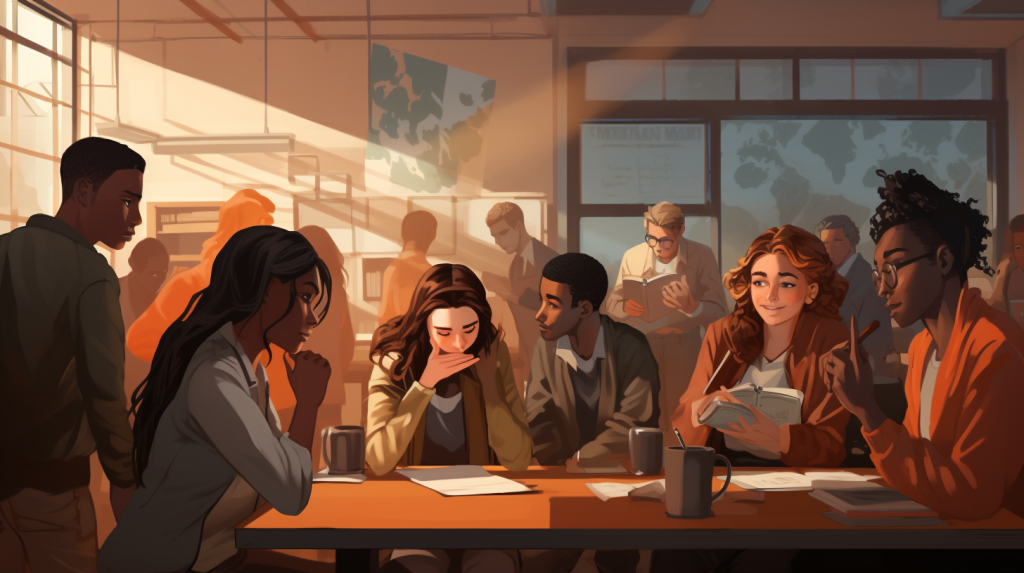
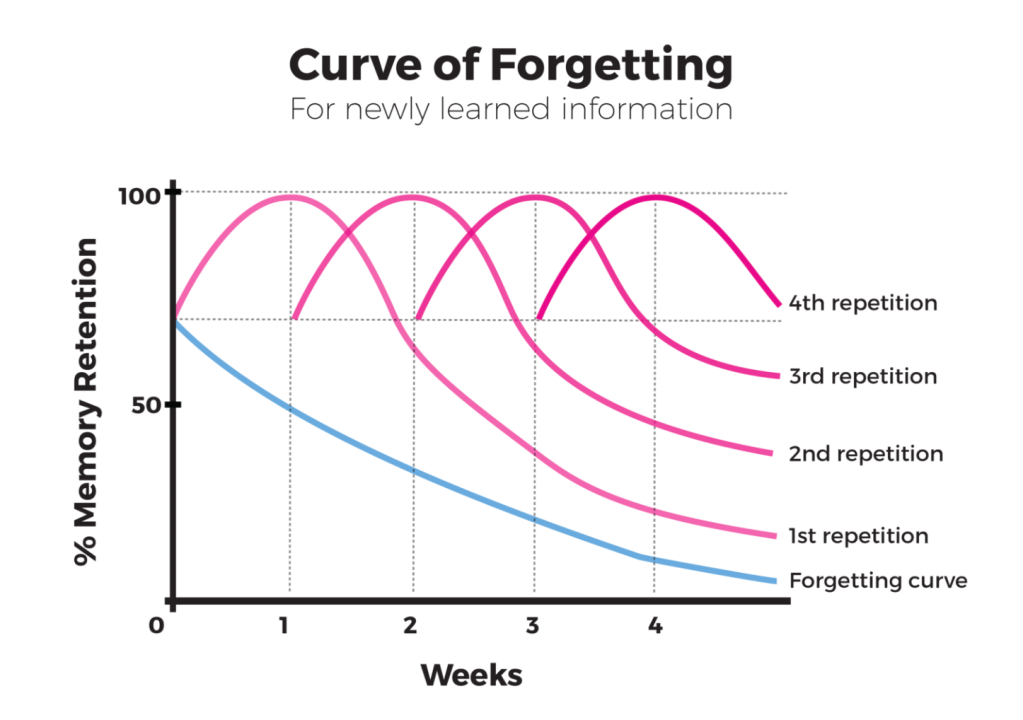

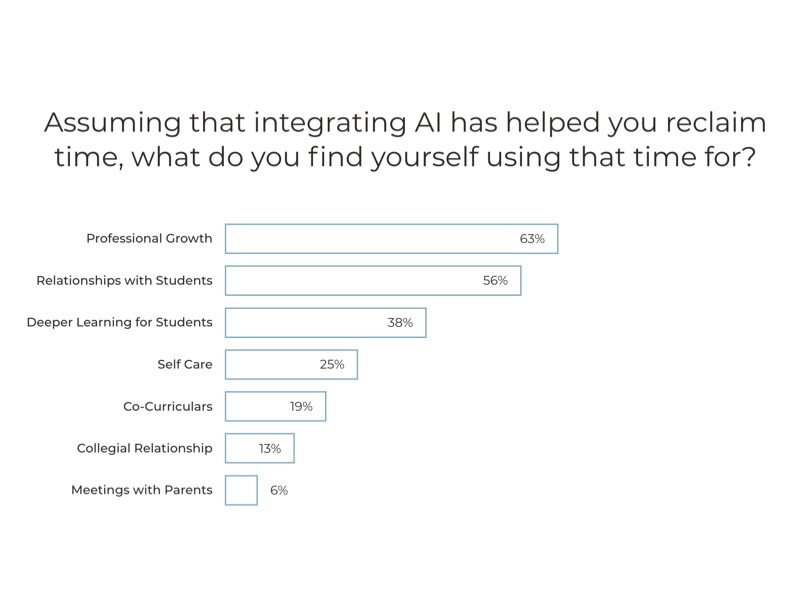
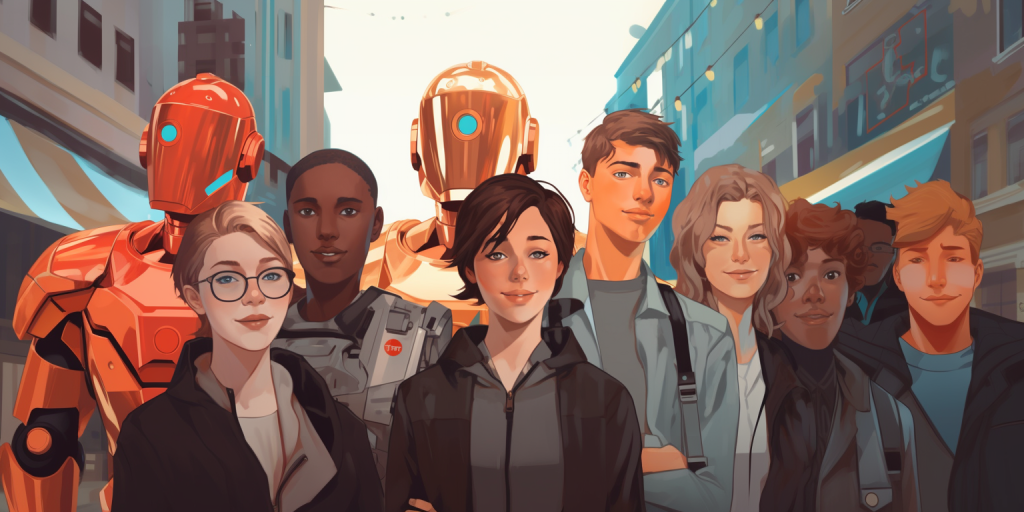
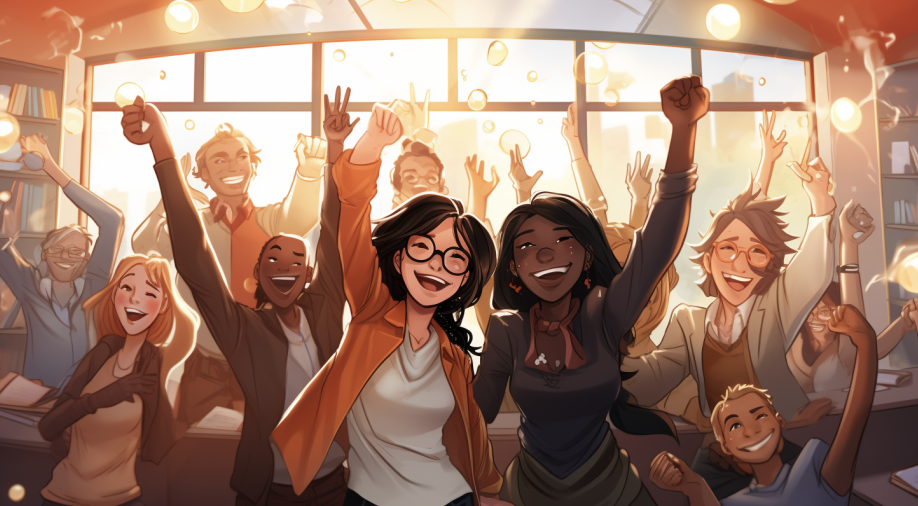
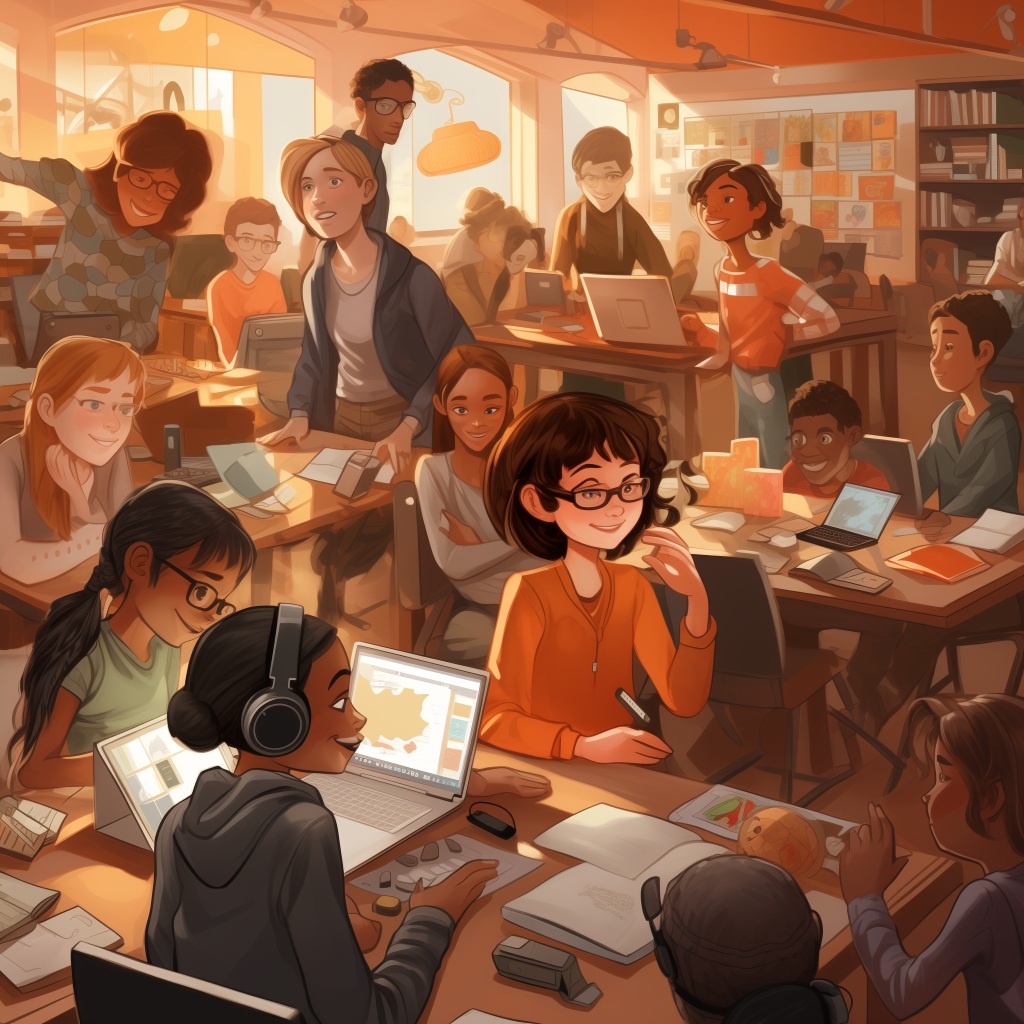
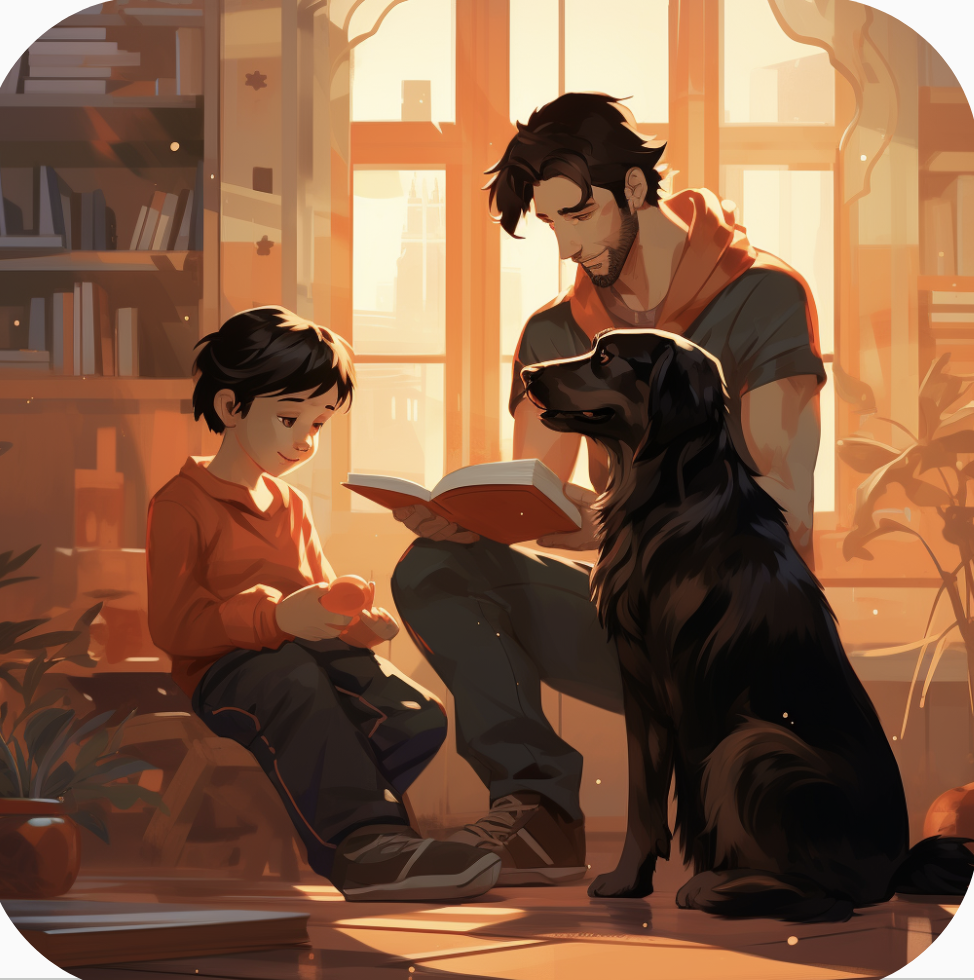
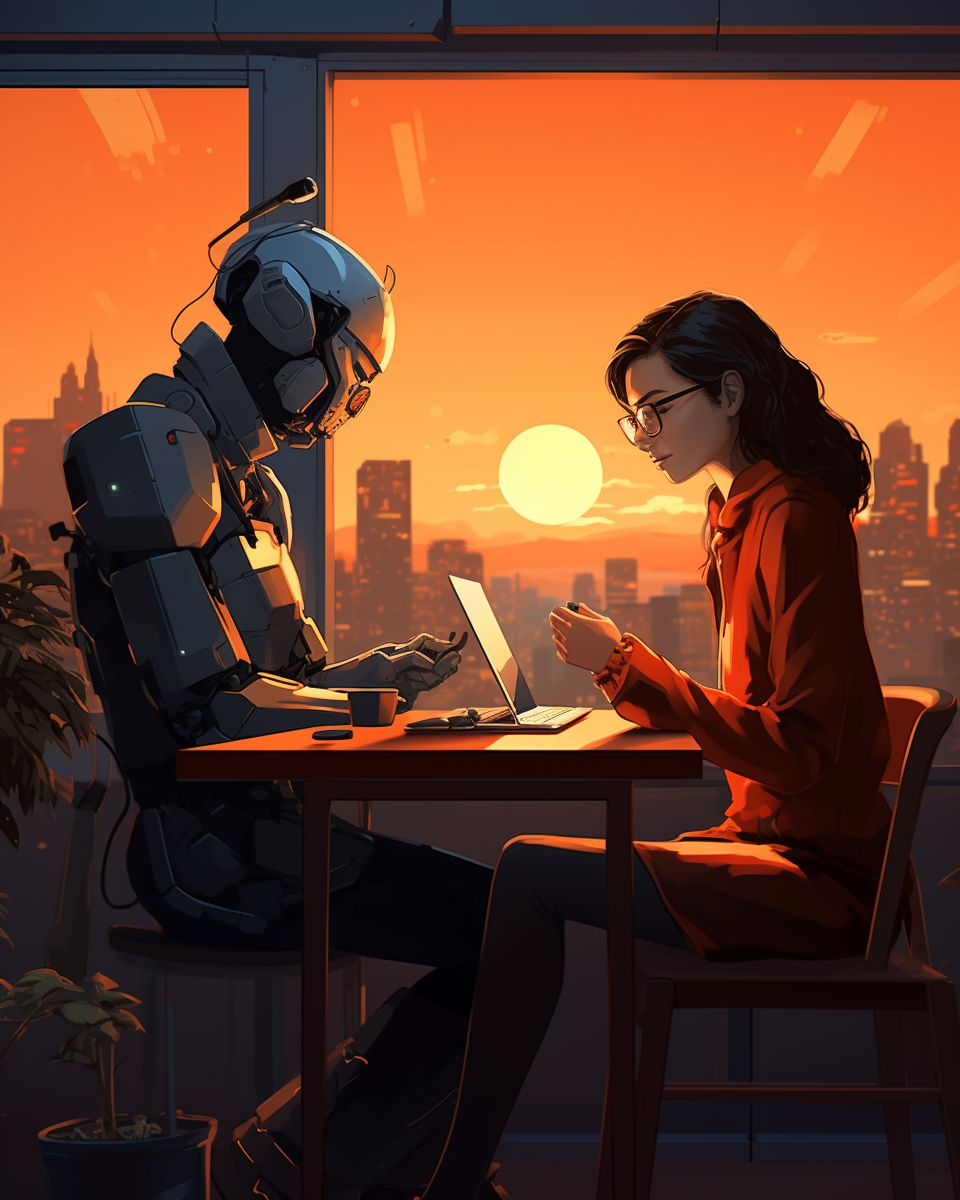
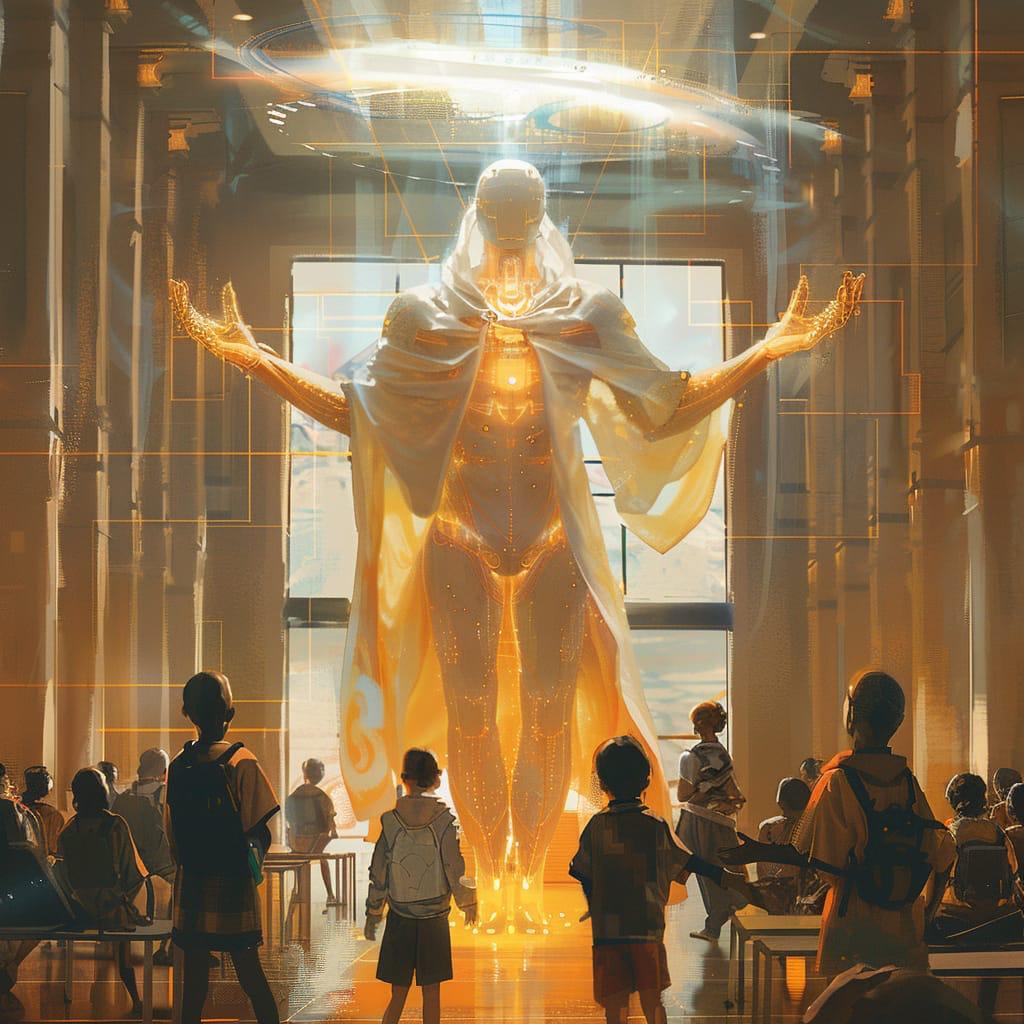

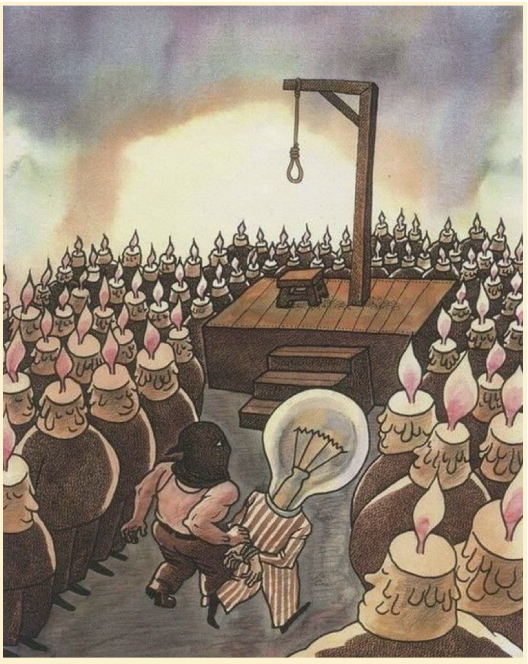
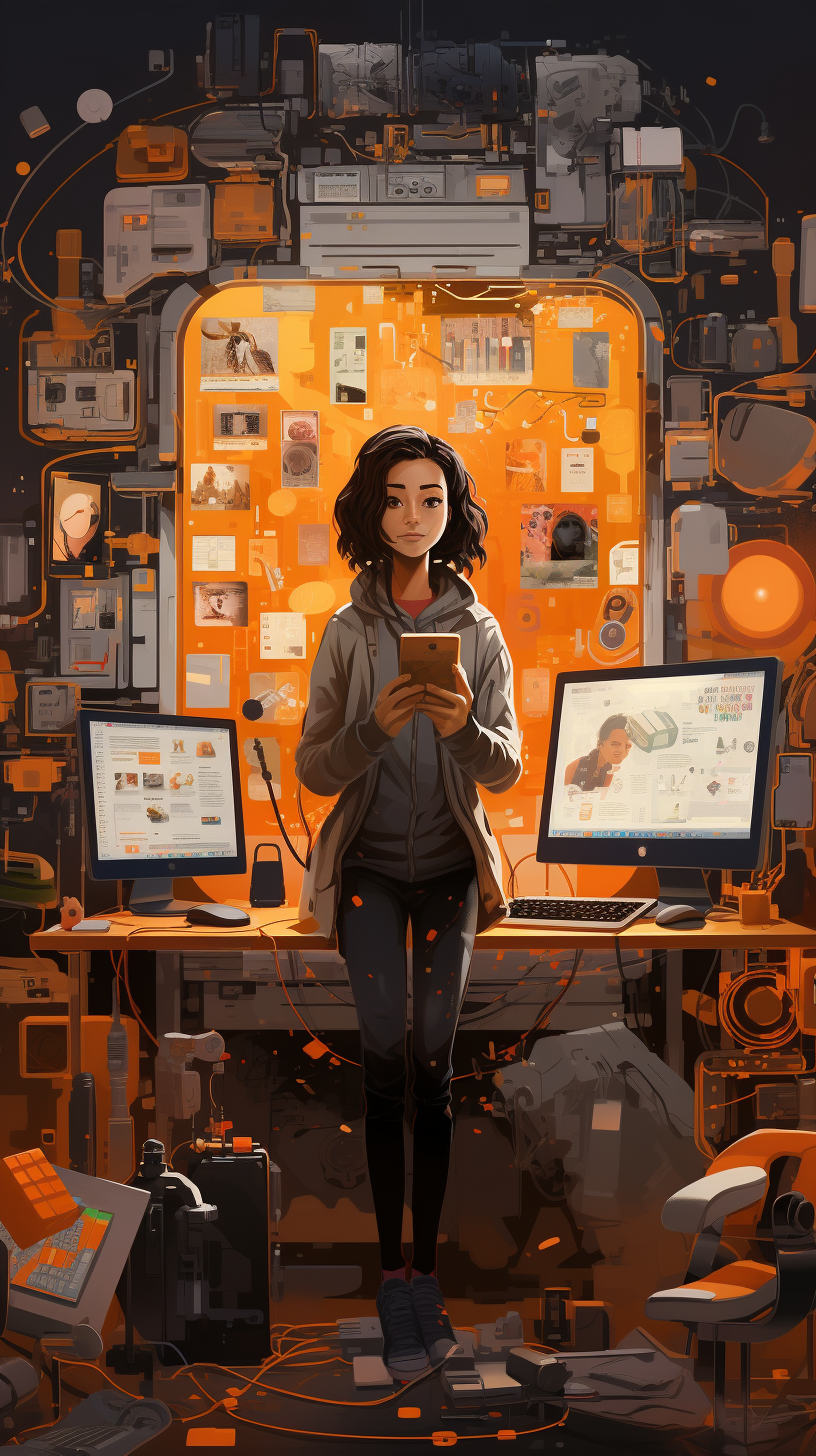
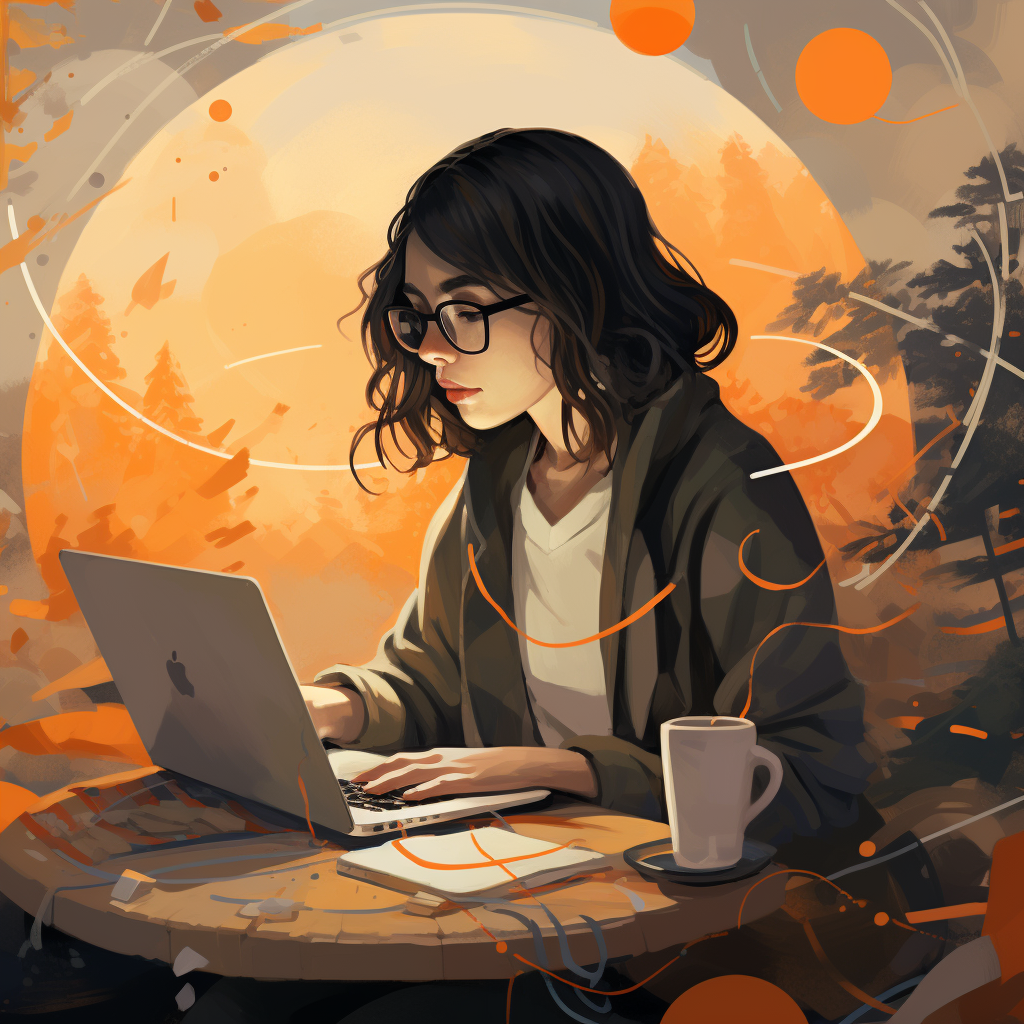

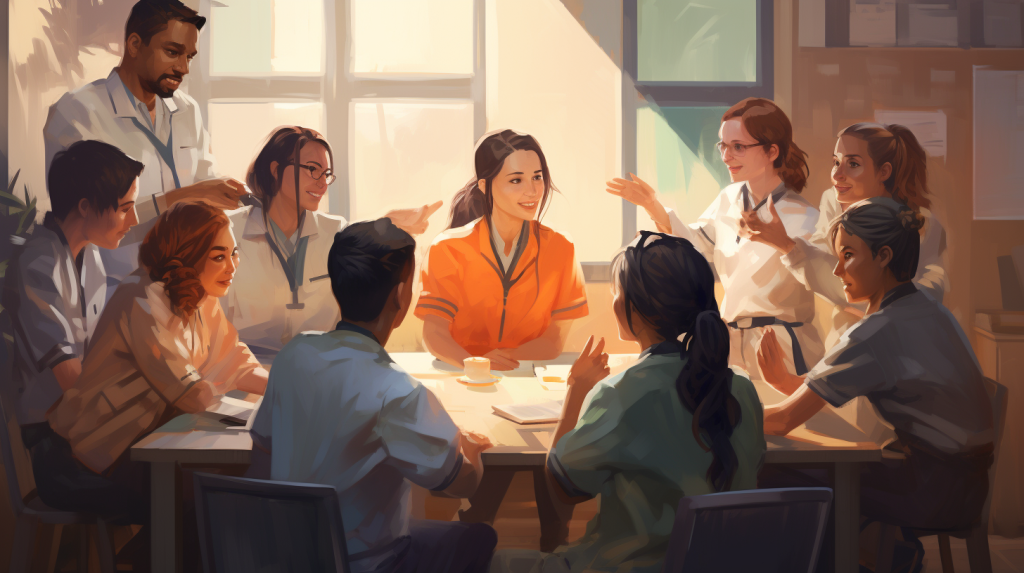
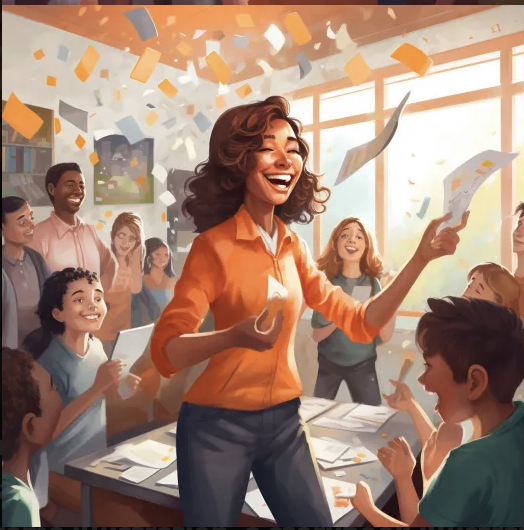

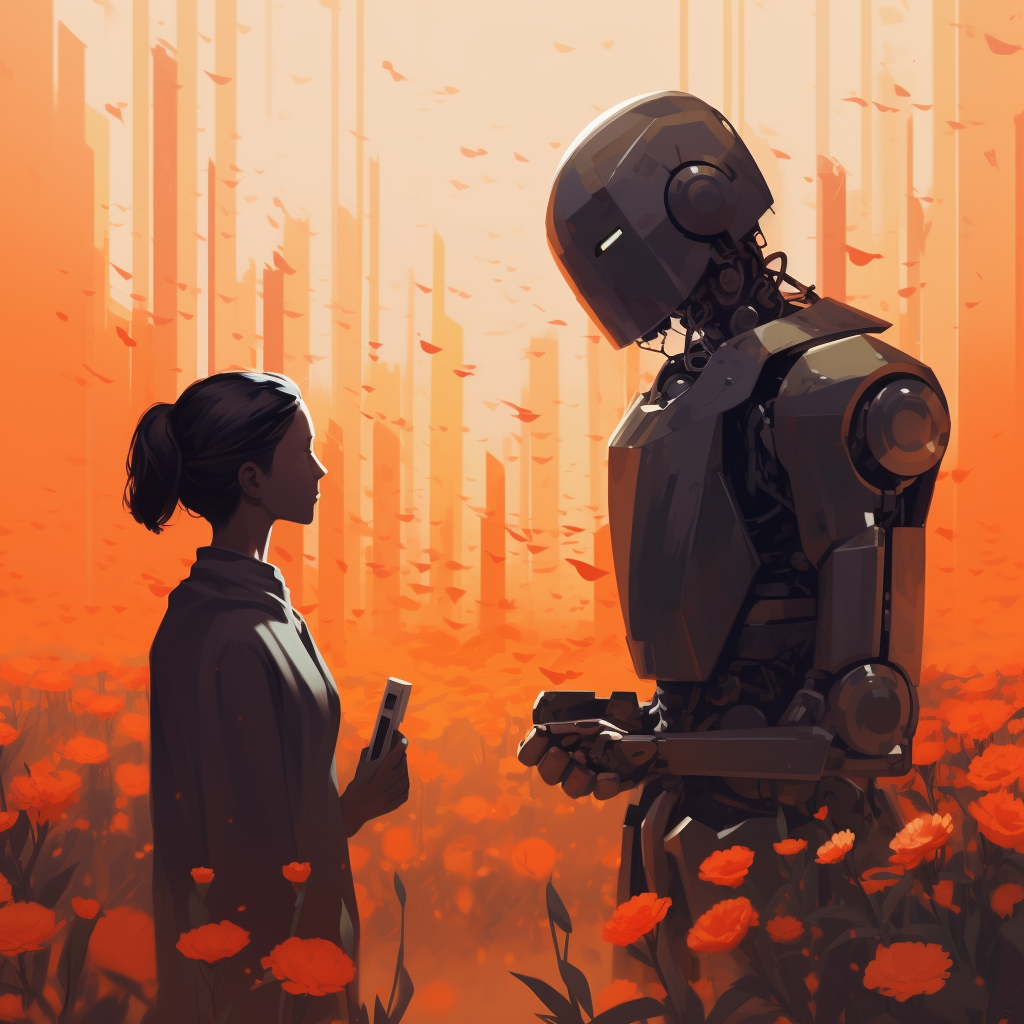

Leave a comment